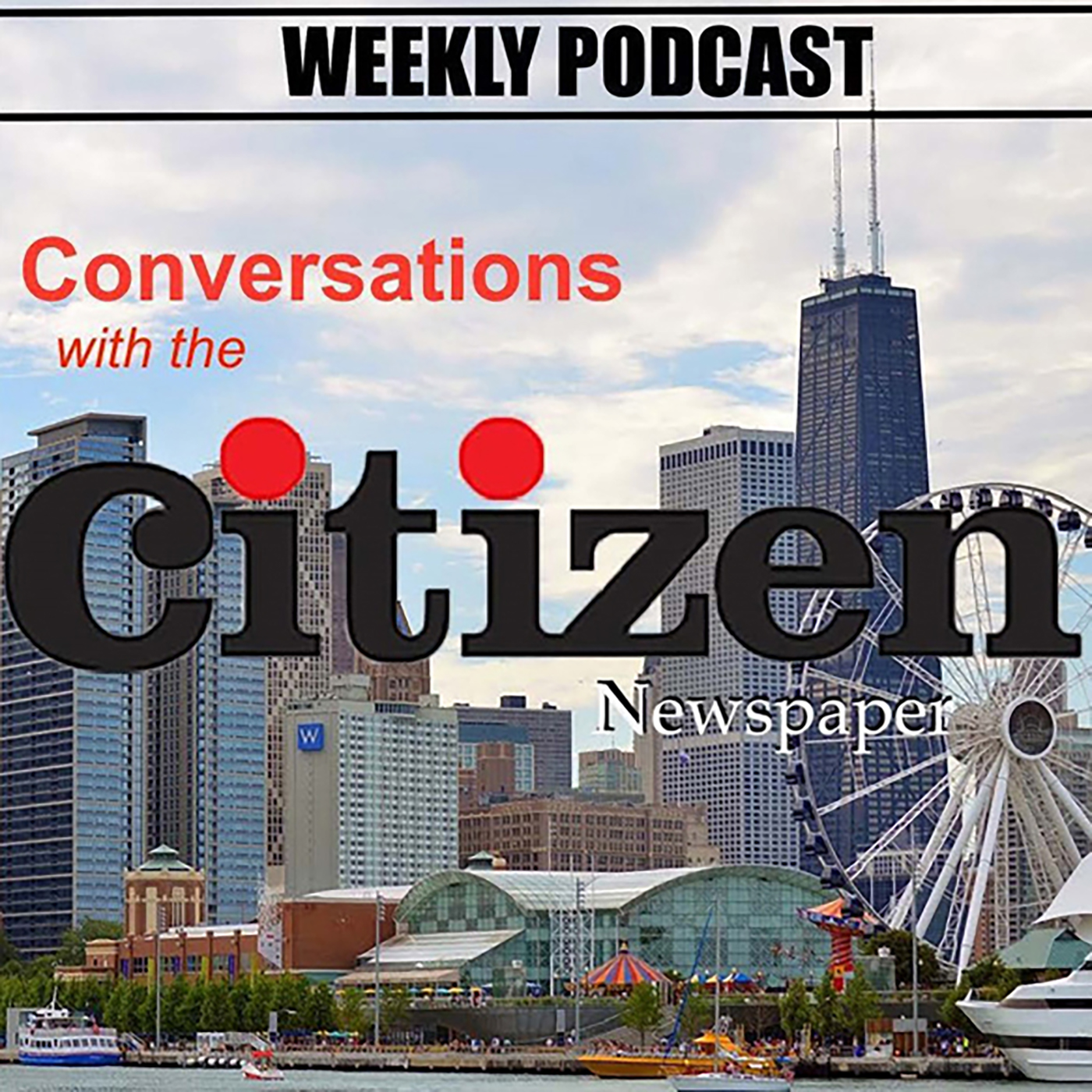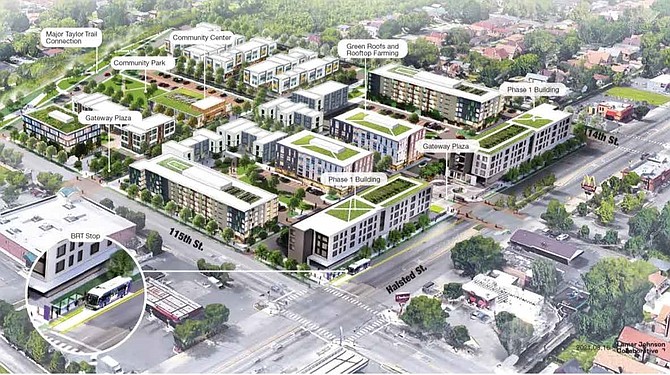THE MORGAN PARK COMMONS RECEIVES PART OF MORE THAN $1 BILLION INVESTMENT IN AFFORDABLE HOUSING
A rendering of Morgan Park Commons, which is one of 24 development that will receive part of the City of Chicago’s $1 billion affordable housing investment. Image provided by Brian Berg
BY TIA CAROL JONES
The Far South Community Development Corporation and The Preservation of Affordable Housing are partnering on Morgan
Park Commons, a 12-acre redevelopment, located at 115th and Halsted. The Morgan Park Commons is one of 24 developments
that will receive part of the Department of Housing’s more than $1 billion investment in affordable housing.
back to the area, which once had a Jewel Food Store located there as part of the south Halsted Street Mall. The location had been vacant for almost 11 years. The Jewel Food Store moved to 119th and Marshfield. The development at the site would be a mixeduse concept, with 390 units, 250 rental and 140 single family homes, up to 20,000 square foot retail, as well as a community center that connects with three acres of green space that connects to the Major Taylor Trail.
Street. The Far South CDC was recently awarded the tax credits, which along with the investment, will move the project forward.
back into the community that it is serving.
South CDC. It is the Far South CDC’s vision, and it controls the entire 12-acre site. The organization had not done a tax credit finance affordable housing deal before and were looking for a partner to help them execute that. That is where POAH came in.
a site of this scale where a community partner has a really strong idea of what they want to do,” Eager said.
developer for Morgan Park Commons.
the development has been constructed. It also helps the community with regards to homelessness and housing, not just the development. That is why Lacy thought it would be a good fit.
and the County. Once the project is constructed it will benefit everyone around it, the businesses, public transportation,
school districts and homeowners.
Latest Stories
- Cook County Commissioner Donna Miller Launches Congressional Campaign
- Say “Om” with Friends of the Forest Preserves
- Don’t Forget the Least In Our Midst
- Community’s Voice Shapes Future Leadership
- Chicago Board of Education Approves Resolution Launching Healthy Green Schools Pilot Program
Latest Podcast
STARR Community Services International, Inc.

